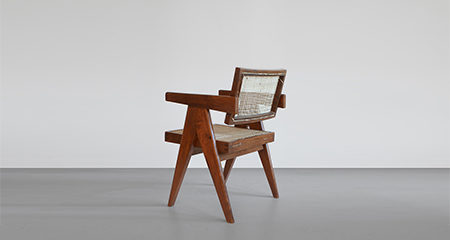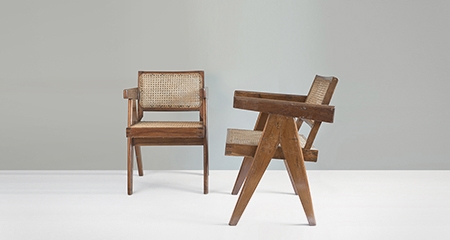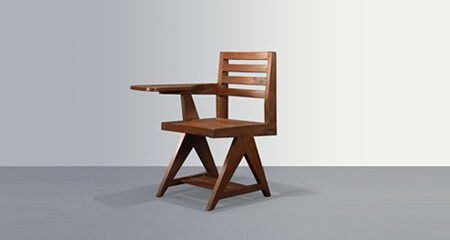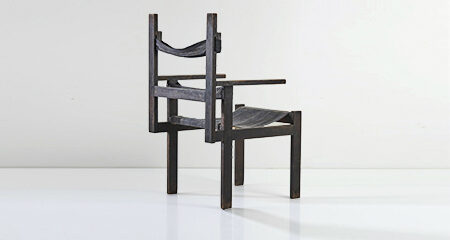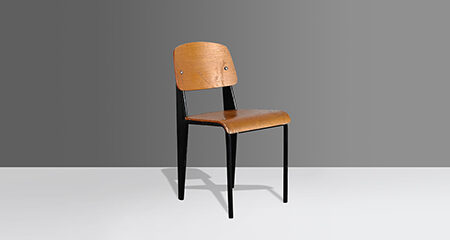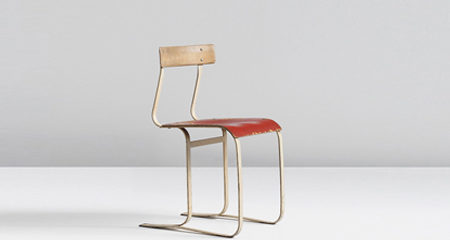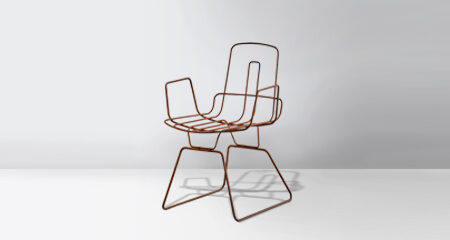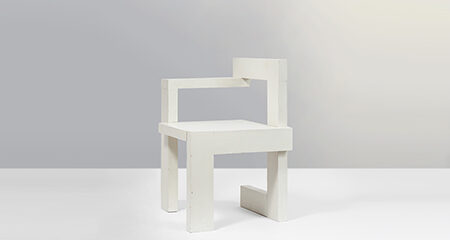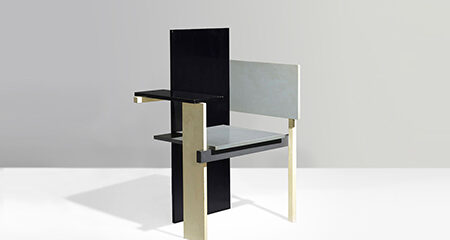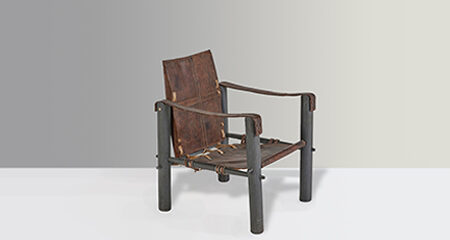PJ-SI-28-A
PJ-SI-28-A
This chair is an iconic piece of design. It is raw in its simplicity. The A-shaped legs are typical for many Chandigarh items. The floating backseat is a detail, which brings the shape in a surprising balance. There is an intriguing contrast between the massif wood pieces and the thin caning.
Its patinated teak gives that chair a strong character, showing all that traces of age and its uniqueness. It is finally a historic piece from a UNESCO World Heritage site, done by the most important architect of the 20th century. The chair is restored, the cane redone and with a cushion to protect the caning. It’s for daily use. We offer bigger chairs sets too.
Price
on request
Dimensions:
74 x 51 x 54 cm
29 x 20 x 21.25 in
Material:
Solid teak, cane
Authenticity >
This chair got examined carefully in the condition before restoration. Then all traces and important indicators were still visible, so it’s certain that it’s not a fake or a partially authentic object. We guarantee the authenticity and offer it with a certificate of authenticity with an identification number.
The cushion and the caning are redone.
Shipment >
(incl. packing / insurance, for 1 chair):
D, FR, UK, BE: 281 €
ES,PT: 313 €
Arabic Penisula: 439 $
USA: 413 $
JP, CN, AUS, MX: 439 $
You may return the chair purchased within 14 days.

